Rim width and tire width are two closely related sizes. Flexible tire sidewalls alow a single tire size to be mounted on a rim of various widths.
Actually, there is an approved rim width range for every tire size, but on the other side, there is a tire width range for every rim size, specifically, rim width.
Note: There are three charts on this page. First chart shows tire widths adequate for a certain rim width and tire aspect ratios. The other two charts are doing the same but in a separate table for each rim width; inside the table data is ordered by tire width or tire aspect ratio.
When replacing a rim or a tire with a wider one you could ask a question in two different ways:
The answer would be: "Rim widths corresponding to the tire size 195/65 R15 are: 5.5, 6.0, 6.5 and 7.0 inches". The information related to other tire sizes can be found in Wheel/Rim Size Calculator or Rim Width Range and Measuring rim for Tire Size chart.
If you want to mount a wider or a narrower tire on the existing rim you could ask the question:
For example, appropriate tire widths for the 6" rim are from 175mm to 225mm. That's answer you can find in the charts below this text.
When replacing OE(original equipment) tire with a wider one, aftermarket tire, the width of rim should be taken into consideration because each rim width corresponds to only a few tire widths.
The charts presented below could help you to make the rational decision about the tire width you need for the given wheel/rim width.
But, please consider that the resulting tire list lacks certain tire sizes, so it should not be treated as complete. When we say tire size in this context(relation between tire width and rim width), we mean only on tire width(i.e., section width) and tire aspect ratio/series, there is no rim diameter. Tires presented in the list should not be all considered suitable for your car, because only a few of them or maybe, only one would satisfy a requirement that their overall diameter should be almost the same as your OE (original equipment) tire diameter. The data presented in the charts is only for the passenger car metric tires.
The data presented in the charts is only for the passenger car metric tires.
NOTICE: These charts do not represent complete or ultimate solution for this particular purpose, they are only a reference.
So, when you find tire sizes, i.e., tire width and series combinations that fit your wheels/rims, use our Tire Size Calculator – Tire Dimensions to compare them with your OE Tire size to ensure that the selected tires circumferences or diameters do not deviate too much from the OE tire circumference or diameter. This is extremely important for many reasons.
The charts, as an addition to our tire4rim calculator, should be used along with our rim4tire calculator, which complement each other. If you choose a tire size in these charts or in the Tire size for rim size calculator, do one more check in the Wheel/Rim size calculator(or in the chart: Rim width range and Measuring rim width for Tire Size) for the selected tire size, to double check if the selected tire size has your rim in
the acceptable rim width range.
Find more relevant information below these charts.
Can I mount a smaller tire width than the one presented in the chart as the smallest, for the specific rim width?
Notes: A Tire with higher profile(series) for the same tire width or the same profile for a wider tire width, has a higher tire sidewall, that means more comfortable ride. Wider tires create more traction on the road, resulting in reducing fuel economy.
Disclaimer:
Please note that these charts should be used only as a reference and they should be verified with tire/wheel manufacturers. They are for informative purposes only. The tyresizecalculator.com is not responsible for any errors that may arise with their usage.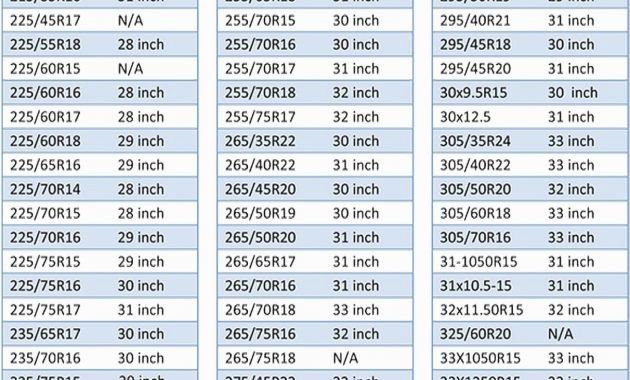
In the charts, every tire width and aspect ratio combination, listed below the certain rim width, could be mounted on the rim width, but the question is: which tire width is the best fit to the rim width?
The tire Measuring Rim Width, which stems from the tire size could help. You already have the tire width, the aspect ratio, the rim diameter you want to use, that is, you have the full tire size. if your rim width is closer to the measuring rim of selected tire, it's more likely that the chosen tire would fit your rim.
Every tire size has its own Measuring Rim (check the Measuring Rim Width for a tire size by clicking the previous link). In other words, the nominal tire size(imprinted on a tire sidewall) becomes the real tire size when fitted on the appropriate Measuring Rim.
For the specific rim size and adequate tire dimensions try out our Tire size for rim size/width calculator which tells you what tire sizes to pick for entered rim size(i.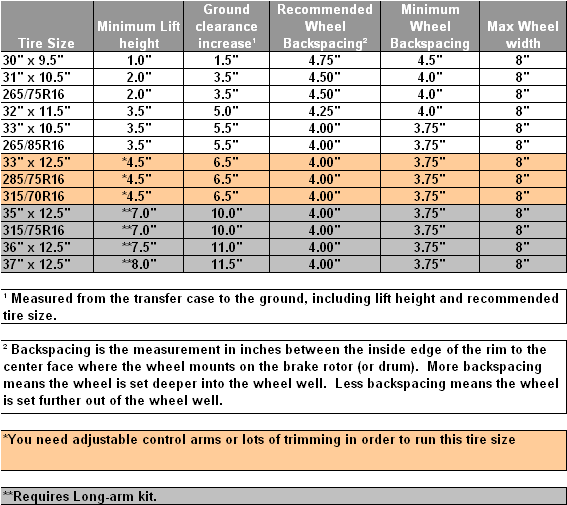 e., rim width).
e., rim width).
The charts in this article show what tire width and series combinations fit to the specific wheel/rim width i.e., they show the tire width range for the given rim width. E.g., for the 7" (inch) rim width, following tire widths can be fitted: from 195mm to 255mm.
In the charts, beside each tire width, there is one more tire dimension: a tire series. The tire series is the ratio between the tire section height(i.e., tire sidewall height) and the tire section width (i.e., tire width). Series = tire sidewall height / tire width.
If two tires have the same tire width, but different series: the first has 50, the second has 30, that means that the second tire has the smaller tire sidewall height(lower profile) in relation to the first, so rims will be closer to the road.
The tire width, the rim width and the tire series are closely related sizes when we talk about the tire to rim fitment. The reason for this is that for almost every tire series there is a different rim width/tire width ratio(specified by the tire associations). The ratio is used for determining the Measuring Rim for the tire. In other words, a lower aspect ratio means that you could use a wider rim for the same nominal tire width.
The reason for this is that for almost every tire series there is a different rim width/tire width ratio(specified by the tire associations). The ratio is used for determining the Measuring Rim for the tire. In other words, a lower aspect ratio means that you could use a wider rim for the same nominal tire width.
Actual tire dimensions depend on a rim on which a tire is mounted. The nominal tire size is imprinted on the tire sidewall, but the tire gets its real dimensions(i.e., real tire size) only when mounted on the rim. That's the reason why a Measuring Rim exists for every tire size.
Next important info is that the tire width changes for about 5mm (2/10") for every 0.5" (inches) change in the rim width, in the Approved Rim Width Range for the tire.
Suppose you have the tire size 195/65 R15 on the 6" (inch) rim width (6"x15"). If you changed the rim to 7"x15", according to the previous rule, when you mount the tire 195/65 R15 on that rim, the real tire width would be 195mm + (2 x 5mm) = 205 mm.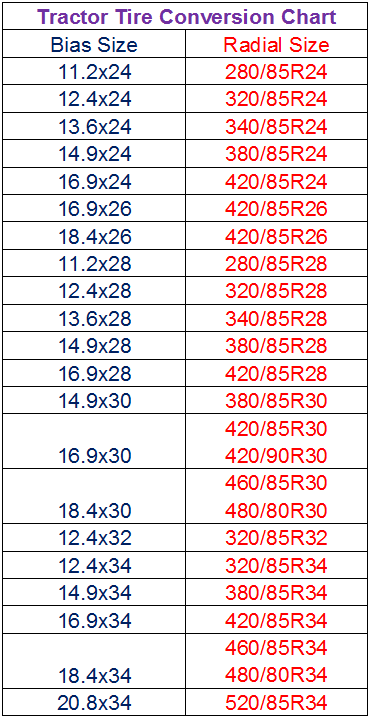
The type of rim, that tire is designed for, is also important.
All these things could affect the overall tire diameter(or circumference), which is important to stay in the permissible limit, during the process of tire replacement.
These charts are only for the passenger car metric tires.
The charts are a compilation of data from year books of renowned tire manufacturers, and it might not be in accordance with the newest data, so please, always check the data from these charts with tire manufacturers or tire specialists!
Looking at one chart row, for one rim width, treated as a measuring rim width(MRW), there are various tire widths in columns, designated as aspect ratio(i.e., tire series/profile). In the row, as series rises, the tire width rises also. So, we may say there are the minimum and the maximum tire width for one rim width, but only in the context of the tire series.
If we took only one cell in the row, which contains one tire width, for e. g., the one with the minimum tire width(TW) for observed rim width(RW), could we say that this is the minimum tire width that can be mounted on the rim width? No. The cell contains the real tire width for the rim width, the one which is equal to the nominal tire width/size(imprinted on the tire sidewall), the one we get when the tire with that nominal tire width is mounted on the rim with the rim width.
g., the one with the minimum tire width(TW) for observed rim width(RW), could we say that this is the minimum tire width that can be mounted on the rim width? No. The cell contains the real tire width for the rim width, the one which is equal to the nominal tire width/size(imprinted on the tire sidewall), the one we get when the tire with that nominal tire width is mounted on the rim with the rim width.
This doesn't mean we can't mount a smaller tire width than the one showed in the chart as the smallest for the same rim width. How so? For e.g., the row with 9" rim width lists as the smallest tire width, 255mm for AR: 25,30,35 and 40. Is it possible to mount smaller tire width than 255 on that rim? Yes.
In our Wheel/Rim Size Calculator-Shows acceptable rim width range for the tyre size, enter tire size 245/40 R 18, you'll get approved rim width range(ARWR): 8" – 9.5" and measuring rim width of 8.5", which means you can mount that tire size(with 245mm tire width) on 9" wide rim, because it's in the ARWR for that tire size.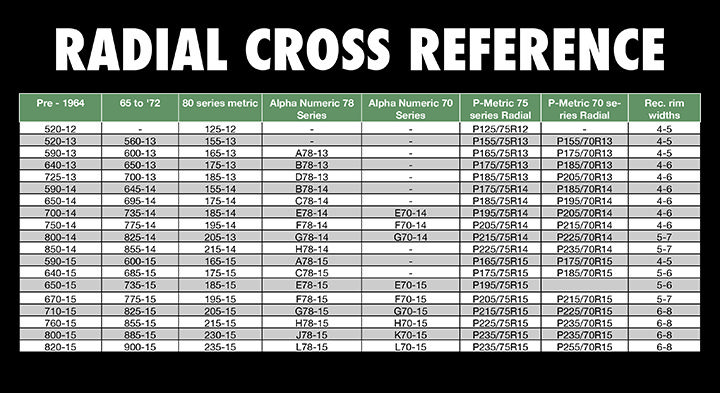 But, measuring rim width(MRW) for that tire size is 8.5", and we were talking about mounting the tire on the rim width of 9".
But, measuring rim width(MRW) for that tire size is 8.5", and we were talking about mounting the tire on the rim width of 9".
A tire gets its final size after being mounted on a rim. Every rim width increase of 0.5" as a result has tire width increase of 5mm or 2/10", when the tire is mounted. Every tire size has a measuring rim width and an approved rim width range.
Hence, when we mount the nominal tire size(imprinted on the tire sidewall) 245/40 R 18, which has MRW equal to 8.5", on the rim width of 9", the real tire size, specifically, real tire width would be 250mm, not 245mm, because the rim on which the tire is mounted is 0.5" greater than the tire MRW.
Related articles:
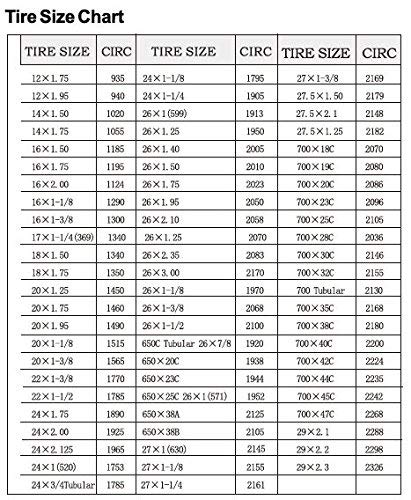 When travelling at 25 to 75 mph, the speedometer can read up to 10% more than the actual speed
When travelling at 25 to 75 mph, the speedometer can read up to 10% more than the actual speedThe below table provides you the tire widths you can fit compared to the rim width.
e.g. for an 6" rim, tires whose width is 175, 185, 195 or 205 can be fitted.
| Rim width | Minimum tire width | Ideal tire width | Maximum tire width |
|---|---|---|---|
| 5,0 Inches | 155 mm | 165 or 175 mm | 185 mm |
| 5,5 Inches | 165 mm | 175 or 185 mm | 195 mm |
| 6,0 Inches | 175 mm | 185 or 195 mm | 205 mm |
| 6,5 Inches | 185 mm | 195 or 205 mm | 215 mm |
| 7,0 Inches | 195 mm | 205 or 215 mm | 225 mm |
| 7,5 Inches | 205 mm | 215 or 225 mm | 235 mm |
| 8,0 Inches | 215 mm | 225 or 235 mm | 245 mm |
| 8,5 Inches | 225 mm | 235 or 245 mm | 255 mm |
| 9,0 Inches | 235 mm | 245 or 255 mm | 265 mm |
| 9,5 Inches | 245 mm | 255 or 265 mm | 275 mm |
| 10,0 Inches | 255 mm | 265 or 275 mm | 285 mm |
| 10,5 Inches | 265 mm | 275 or 285 mm | 295 mm |
| 11,0 Inches | 275 mm | 285 or 295 mm | 305 mm |
| 11,5 Inches | 285 mm | 295 or 305 mm | 315 mm |
| 12,0 Inches | 295 mm | 305 or 315 mm | 325 mm |
| 12,5 Inches | 305 mm | 315 or 325 mm | 335 mm |
Advice on cars
 T.Q.G.
T.Q.G.
Advice on motorcycles
Advice on quad bikes
Advice on rims
Advice on wheels
Advice on chains
When we buy a wheel assembly, there are no questions about what disk parameters to pay attention to. But when changing tires or choosing new wheels, you need to choose the right size.
But when changing tires or choosing new wheels, you need to choose the right size.
If you select discs only by diameter and bolt pattern, then you can buy an unsuitable kit. It either won't work, or will cause serious problems in the future. So, a violation of the size of the disk and tires can provoke:
deterioration in response to driver commands when maneuvering and turning;
reduced sidewall stiffness;
tire deformation;
decrease in wear resistance.
To find out which disc is suitable for the selected set of tires, use the table:
| Tire height | Tire size | Disk size | ||
| Recommended | Min.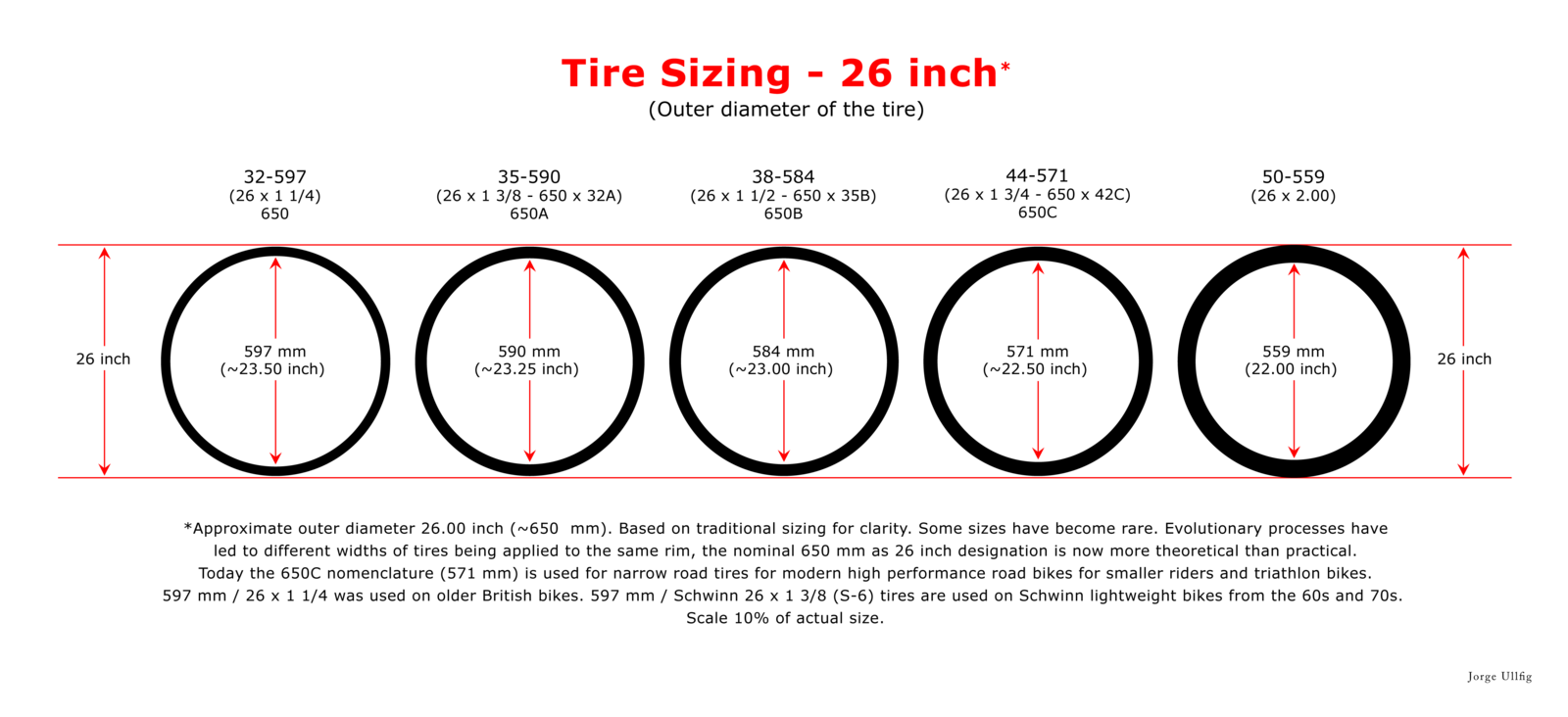 | Max. | ||
| Over 12" | ||||
| 82 | 125R12 135R12 145R12 155R12 | 3.5 4.0 4.0 4.5 | 3.0 3.5 3.5 4.0 | 4.0 4.5 5.0 5.0 |
| 70 | 145/70R12 155/70R12 | 4.5 4.5 | 4.0 4.0 | 5.0 5.5 |
| Over 13" | ||||
| 82 | 145R13 155R13 165R13 175R13 | 4.0 4.5 4.5 5.0 | 3.5 4.0 4.0 4.5 | 5.0 5. 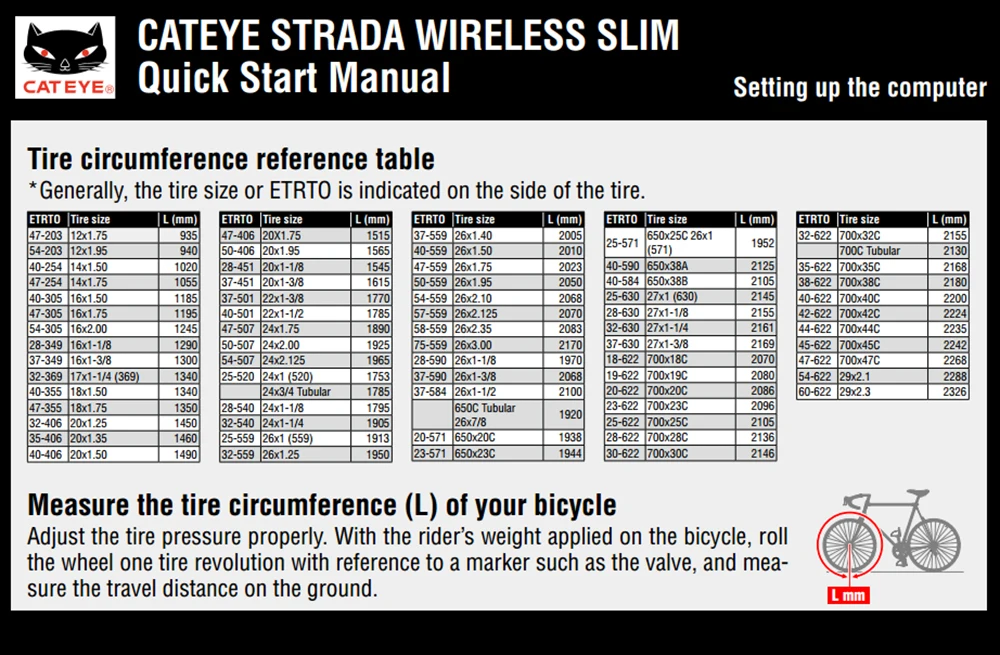 5 5 5.5 6.0 |
| 80 | 135/80R13 145/80R13 155/80R13 165/80R13 | 3.5 4.0 4.5 4.5 | 3.5 3.5 4.0 4.0 | 4.5 5.0 5.5 5.5 |
| 70 | 135/70R13 145/70R13 155/70R13 165/70R13 175/70R13 185/70R13 195/70R13 | 4.0 4.5 4.5 5.0 5.0 5.5 6.0 | 3.5 4.0 4.0 4.5 5.0 5.0 5.2 | 4.5 5.0 5.5 6.0 6.0 6.5 7.0 |
| 65 | 155/65R13 165/65R13 175/65R13 | 4.5 5.0 5.0 | 4.0 4.5 5.0 | 5.5 6.0 6.0 |
| 60 | 175/60R13 185/60R13 205/60R13 | 5. 0 0 5.5 6.0 | 5.0 5.5 5.5 | 6.0 6.5 7, |
| 55 | 195/55R13 | 6.0 | 5.5 | 7.0 |
| Over 14 inches | ||||
| 82 | 145R14 155R14 165R14 175R14 185R14 | 4.0 4.5 4.5 5.0 5.5 | 3.5 4.0 4.0 4.5 4.5 | 5.0 5.0 5.5 6.0 6.0 |
| 80 | 175/80R14 185/80R14 | 5.0 5.0 | 4.5 5.0 | 5.5 6.0 |
| 70 | 165/70R14 175/70R14 185/70R14 195/70R14 205/70R14 | 5.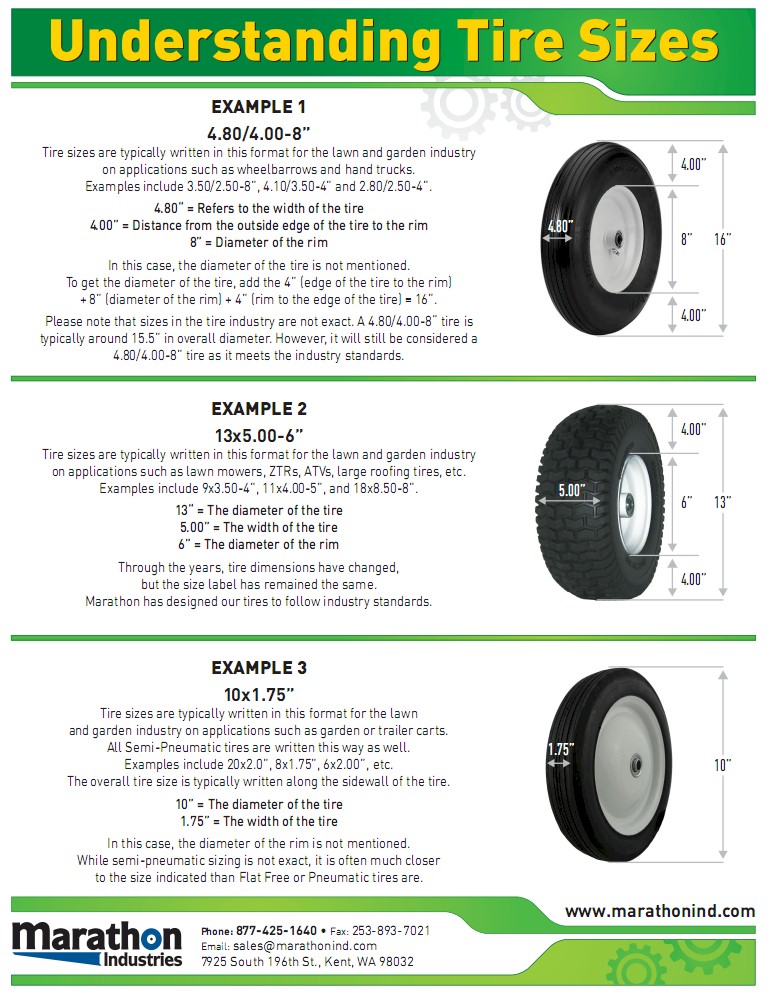 0 0 5.0 5.5 6.0 6.0 | 4.5 5.0 5.0 5.5 5.5 | 6.0 6.0 6.5 7.0 7.5 |
| 65 | 155/65R14 165/65R14 175/65R14 185/65R14 195/65R14 | 4.5 5.0 5.0 5.5 6.0 | 4.0 4.5 5.0 5.0 5.5 | 5.5 6.0 6.0 6.5 7.0 |
| 60 | 165/60R14 175/60R14 185/60R14 195/60R14 205/60R14 | 5.0 5.0 5.5 6.0 6.0 | 4.5 5.0 5.0 5.5 5.5 | 6.0 6.0 6.5 7.0 7.5 |
| 55 | 185/55R14 205/55R14 | 6.0 6.5 | 5.0 5.  5 5 | 6.5 7.5 |
| Over 15" | ||||
| 82 | 125R15 135R15 145R15 155R15 165R15 185R15 | 3.5 4.0 4.0 4.5 4.5 5.5 | 3.0 3.5 3.5 4.0 4.0 4.5 | 4.0 4.5 5.0 5.0 5.5 6.0 |
| 80 | 185/80R15 | 5.5 | 4.5 | 6.0 |
| 70 | 175/70R15 195/70R15 235/70R15 | 5.0 6.0 7.0 | 5.0 5.5 6.5 | 6.0 7.0 8.5 |
| 65 | 185/65R15 195/65R15 205/65R15 215/65R15 225/65R15 | 5.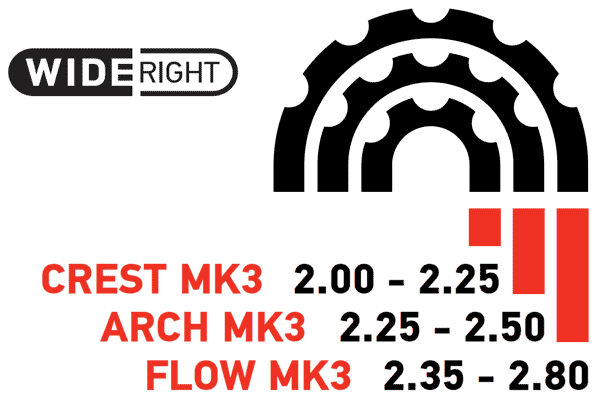 5 5 6.0 6.0 6.5 6.5 | 5.0 5.5 5.5 6.0 6.0 | 6.5 7.0 7.5 7.5 8.0 |
| 60 | 195/60R15 205/60R15 215/60R15 225/60R15 | 6.0 6.0 6.5 6.5 | 5.5 5.5 6.0 6.0 | 7.0 7.5 8.0 8.0 |
| 55 | 185/55R15 195/55R15 205/55R15 225/55R15 | 6.0 6.0 6.5 7.0 | 5.0 5.5 5.5 6.0 | 6.5 7.0 7.5 8.0 |
| 50 | 195/50R15 205/50R15 225/50R15 | 6.0 6.5 7.0 | 5.5 5.5 6.0 | 7.0 7.5 8.0 |
| 45 | 195/45R15 | 6.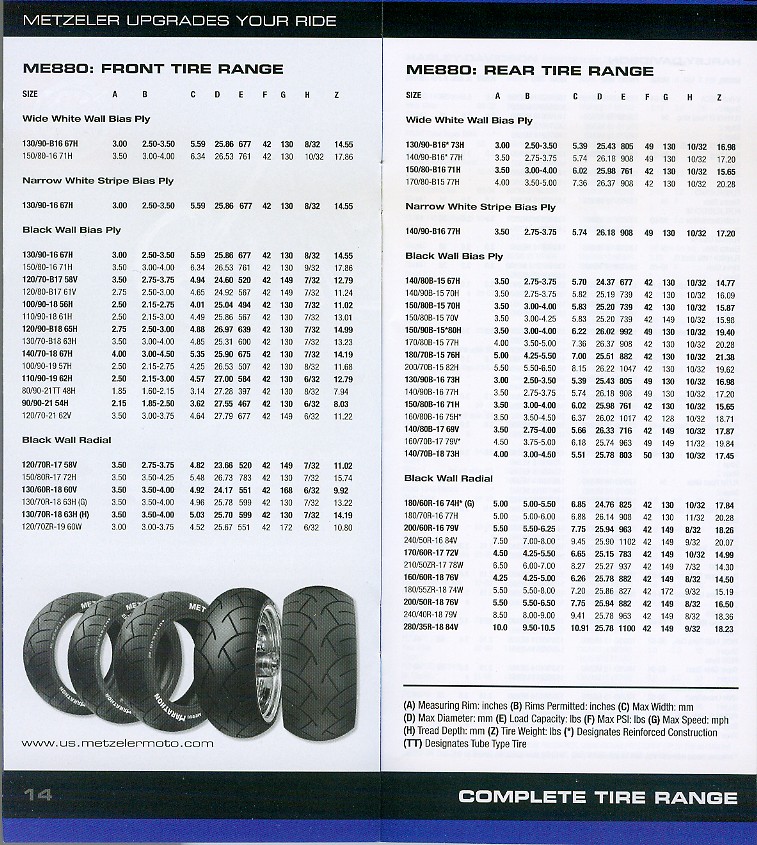 5 5 | 6.0 | 7.5 |
| Over 16" | ||||
| 65 | 215/65R16 | 6.5 | 5.5 | 7.5 |
| 60 | 225/60R16 235/60R16 | 6.5 7.0 | 6.0 6.5 | 8.0 8.5 |
| 55 | 205/55R16 225/55R16 245/55R16 | 6.5 7.0 7.5 | 5.5 6.0 7.0 | 7.5 8.0 8.5 |
| 50 | 205/50R16 225/50R16 235/50R16 255/50R16 | 6.5 7.0 7.5 8.0 | 5.5 6.0 6.5 7.0 | 7.5 8. 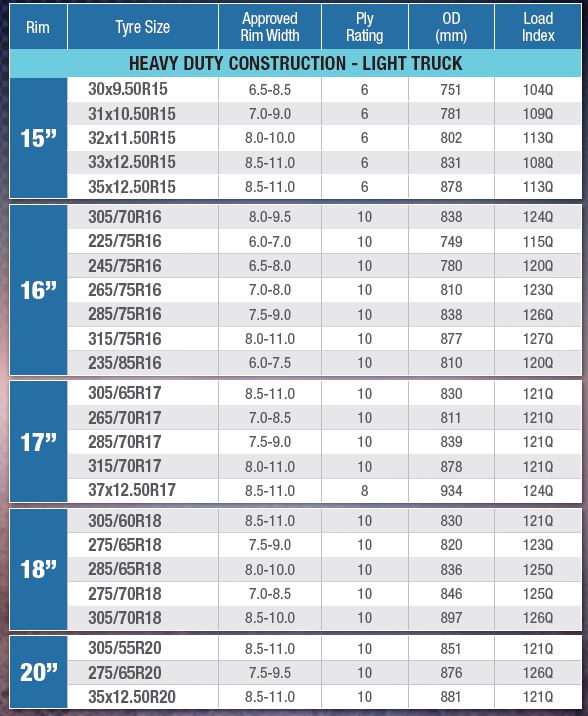 0 0 8.5 9.0 |
| 45 | 195/45R16 205/45R16 225/45R16 245/45R16 | 6.5 7.0 7.5 8.0 | 6.0 6.5 7.0 7.5 | 7.5 7.5 8.5 9.0 |
| 40 | 215/40R16 225/40R16 | 7.5 8.0 | 7.0 7.5 | 8.5 9.0 |
| Over 17" | ||||
| 55 | 225/55R17 | 7.0 | 6.0 | 8.0 |
| 50 | 205/50R17 215/50R17 | 6.5 7.0 | 5.5 6.0 | 7.5 7.5 |
| 45 | 215/45R17 225/45R17 235/45R17 245/45R17 255/45R17 | 7. 0 0 7.5 8.0 8.0 8.5 | 7.0 7.0 7.5 7.5 8.0 | 8.5 8.5 9.0 9.0 9.5 |
| 40 | 215/40R17 235/40R17 245/40R17 255/40R17 265/40R17 275/40R17 285/40R17 | 7.5 8.5 8.5 9.0 9.5 9.5 10.0 | 7.0 8.0 8.0 8.5 9.0 9.0 8.5 | 8.5 9.5 9.5 10.0 10.5 11.0 11.0 |
| 35 | 245/35R17 265/35R17 335/35R17 | 8.5 9.5 11.5 | 8.0 9.0 11.0 | 9.5 10.5 13.0 |
| Over 18" | ||||
| 50 | 235/50R18 | 7.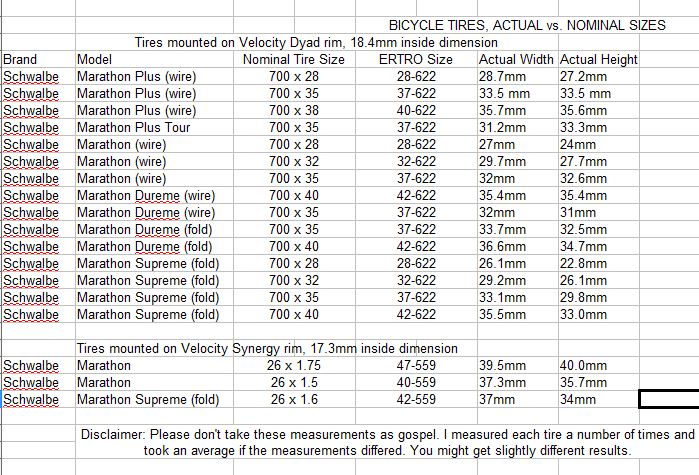 5 5 | 6.5 | 8.5 |
| 45 | 255/45R18 | 8.5 | 8.0 | 9.5 |
| 40 | 225/40R18 235/40R18 245/40R18 265/40R18 | 8.0 8.0 8.5 9.5 | 7.5 7.5 8.0 9.0 | 9.0 9.0 9.5 10.5 |
| 35 | 285/35R18 295/35R18 | 10.0 10.5 | 9.5 10.0 | 11.0 11.5 |
| thirty | 325/30R18 | 12.0 | 11.0 | 13.0 |
| Over 20" | ||||
| 40 | 245/40R20 | 9.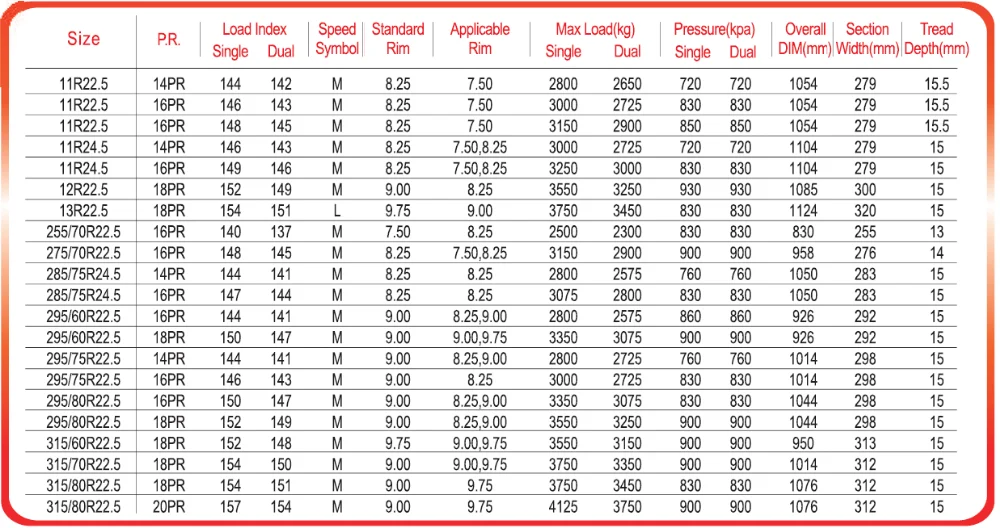 0 0 | 8.0 | 9.5 |
| 35 | 275/35R20 | 10.0 | 9.0 | 11.0 |
A small recommendation. Try to buy tires and wheels in one place. This will reduce the risk of buying products with inappropriate sizes.
Tire and wheel size matching is an important step towards safety and driving comfort for any driver. A frivolous attitude to this issue is fraught with serious consequences, both for the technical condition of the vehicle, and for the health and life of drivers and passengers. Consider this problem on SUVs, crossovers or pickup trucks of various classes. Of course, here the size range is not so large, which makes it easier to select discs for tires. To begin with, it is worth recalling what indicators are important when deciding whether tires and wheels match:
Wheel marking with dimensions R13 4x98 ET35 J5 D58.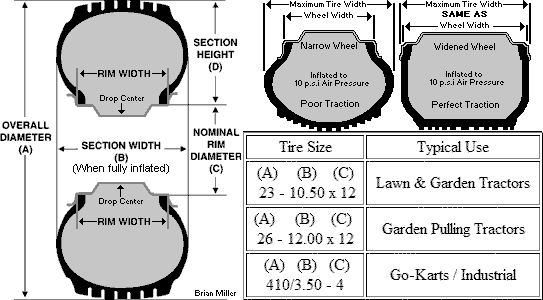 6
6
The table below shows almost all off-road vehicle wheel sizes. We remind you that on our website there is also an option for selecting wheels by car brand . Also on our website there is similar information regarding passenger cars .
Tire/rim matching chart
| Wheel diameter | Tire size | Wheel rim width (inches) | ||
| Minimum | Recommended | Maximum | ||
| 16" | 7.50R16 | 5.50 | 6.00 | 6.50 |
| 235/85R16 | 6.0 | 6.5 | 7.5 | |
| 15" | 195/80R15 | 5. 0 0 | 5.5 | 6.5 |
| 215/80R15 | 5.5 | 6.0 | 7.0 | |
| 16" | 205/80R16 | 5.0 | 5.5 | 7.0 |
| 215/80R16 | 5.5 | 6.0 | 7.0 | |
| 15" | 215/75R15 | 5.5 | 6.0 | 7.0 |
| 225/75R15 | 6.0 | 6.0 | 7.5 | |
| 235/75R15 | 6.0 | 6.5 | 8.0 | |
| 255/75R15 | 6. 5 5 | 7.0 | 8.5 | |
| 16" | 225/75R16 | 6.0 | 6.0 | 7.5 |
| 15" | 195/70R15 | 5.0 | 6.0 | 6.5 |
| 205/70R15 | 5.0 | 6.0 | 7.0 | |
| 265/70R15 | 7.0 | 8.0 | 9.0 | |
| 16" | 215/70R16 | 5.5 | 6.5 | 7.0 |
| 225/70R16 | 6.0 | 6.5 | 7.5 | |
| 235/70R16 | 6.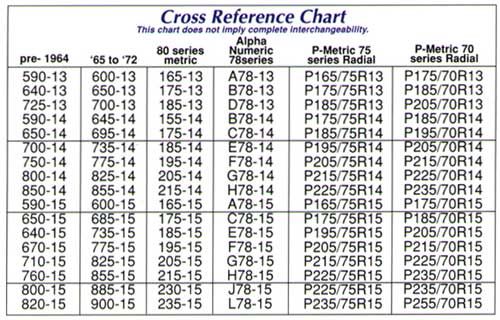 0 0 | 7.0 | 8.0 | |
| 245/70R16 | 6.5 | 7.0 | 8.0 | |
| 265/70R16 | 7.0 | 8.0 | 9.0 | |
| 275/70R16 | 7.0 | 8.0 | 9.0 | |
| 17" | 225/70R17 | 6.0 | 6.5 | 7.5 |
| 265/70R17 | 7.0 | 8.0 | 9.0 | |
| 15" | 185/65R15 | 5.0 | 5.5 | 6.5 |
| 16" | 215/65R16 | 6.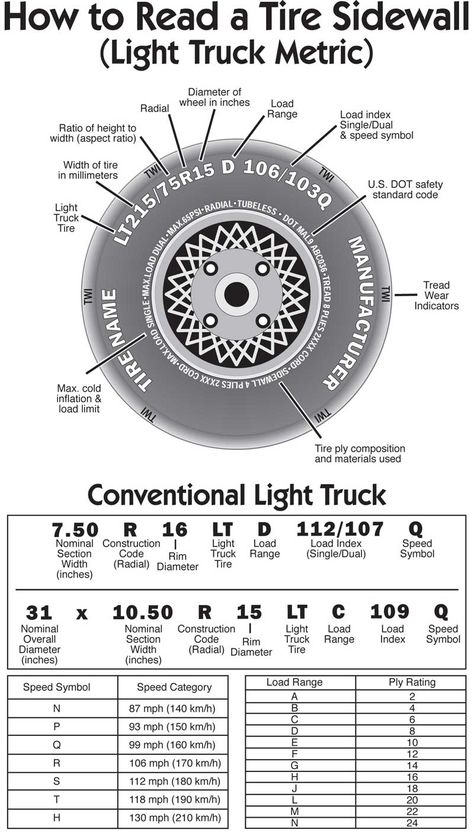 0 0 | 6.5 | 7.5 |
| 255/65R16 | 7.0 | 7.5 | 9.0 | |
| 17" | 235/65R17 | 6.5 | 7.0 | 8.5 |
| 245/65R17 | 7.0 | 7.0 | 8.5 | |
| 265/65R17 | 7.5 | 8.0 | 9.5 | |
| 275/65R17 | 7.5 | 8.0 | 9.5 | |
| 16" | 215/60R16 | 6.0 | 6.5 | 7.5 |
| 236/60R16 | 6.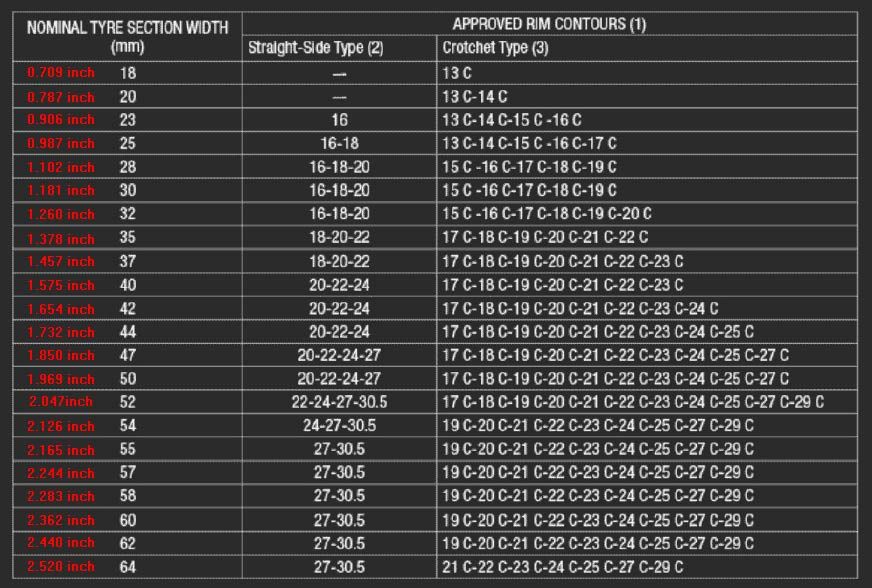 5 5 | 7.0 | 8.5 | |
| 18" | 235/60R18 | 6.5 | 7.0 | 8.5 |
| 275/60R18 | 7.5 | 8.0 | 9.5 | |
| 285/60R18 | 8.0 | 8.5 | 10.0 | |
| 17" | 225/55R17 | 6.0 | 7.0 | 8.0 |
| 235/55R17 | 6.5 | 7.5 | 8.5 | |
| 275/55R17 | 7.5 | 8.5 | 9.5 | |
| 18" | 255/55R18 | 7. 0 0 | 8.0 | 9.0 |
| 19" | 255/55R19 | 7.0 | 8.0 | 9.0 |
| 275/55R19 | 7.5 | 8.5 | 9.5 | |
| 285/55R19 | 8.0 | 9.0 | 10.0 | |
| 17" | 255/50R17 | 7.0 | 8.0 | 9.0 |
| 18" | 235/50R18 | 6.5 | 7.5 | 8.5 |
| 285/50R18 | 8.0 | 9.0 | 10.0 | |
| 19" | 255/50R19 | 7. 0 0 | 8.0 | 9.0 |
| 20" | 255/50R20 | 7.0 | 8.0 | 9.0 |
| 275/50R20 | 7.5 | 8.5 | 9.5 | |
| 18" | 255/45R18 | 8.0 | 8.5 | 9.5 |
| 19" | 235/45R19 | 7.5 | 8.0 | 9.0 |
| 275/45R19 | 8.5 | 9.0 | 10.5 | |
| 285/45R19 | 9.0 | 9.5 | 10.5 | |
| 20" | 265/45R20 | 8.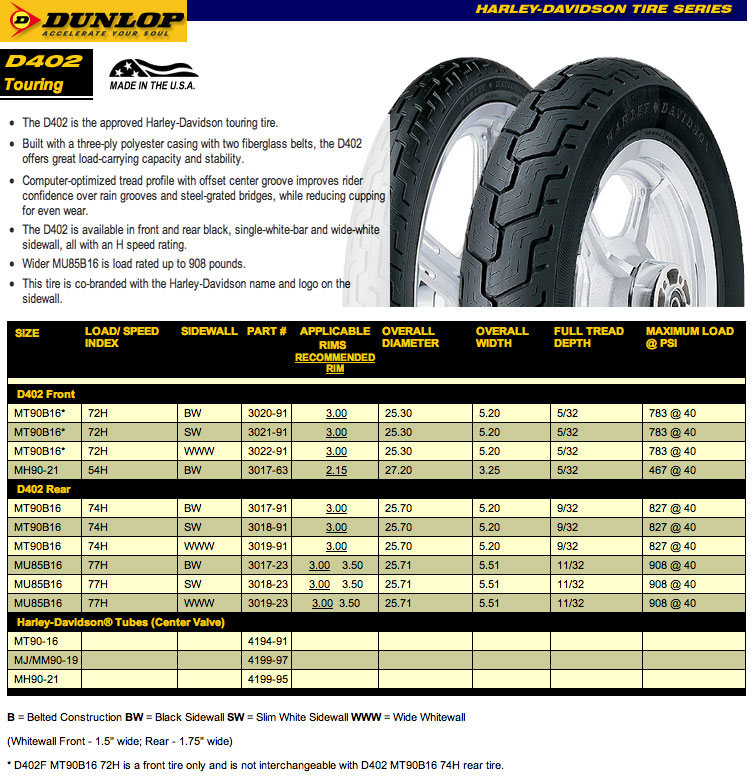 5 5 | 9.0 | 10.0 |
| 19" | 255/40R19 | 8.5 | 9.0 | 10.0 |
| 20" | 275/40R20 | 9.0 | 9.5 | 11.0 |
| 20" | 315/35R20 | 10.5 | 11.0 | 12.5 |
| 21" | 285/35R21 | 9.5 | 10.0 | 11.0 |
| 22" | 285/35R22 | 9.5 | 10.0 | 11.0 |
| 21" | 325/30R21 | 11. 5 5 | 11.5 | 13.0 |
| 22" | 295/30R22 | 10.5 | 10.5 | 11.5 |
| What does the snowflake on the tire mean? The snowflake on a tire (3PMSF marking) is a special marking for models that have been tested on snow and are able to meet the minimum requirements for driving safety on.. January 06, 2023, 11:08 | |
| Worn tires are more dangerous than drunk driving A new study has found that worn tires are more dangerous than drunk driving. It has been found that driving a car with tires that have a permitted tread depth of 1.6 mm can increase... 26 December 2022, 11:02 | |
| Tire labels - how to read? From November 1, 2012, tires sold in countries within the European Union must have special stickers. 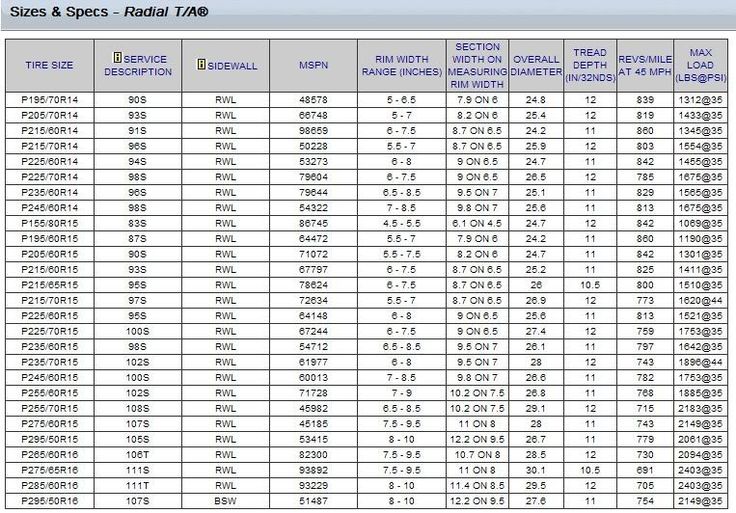 | |